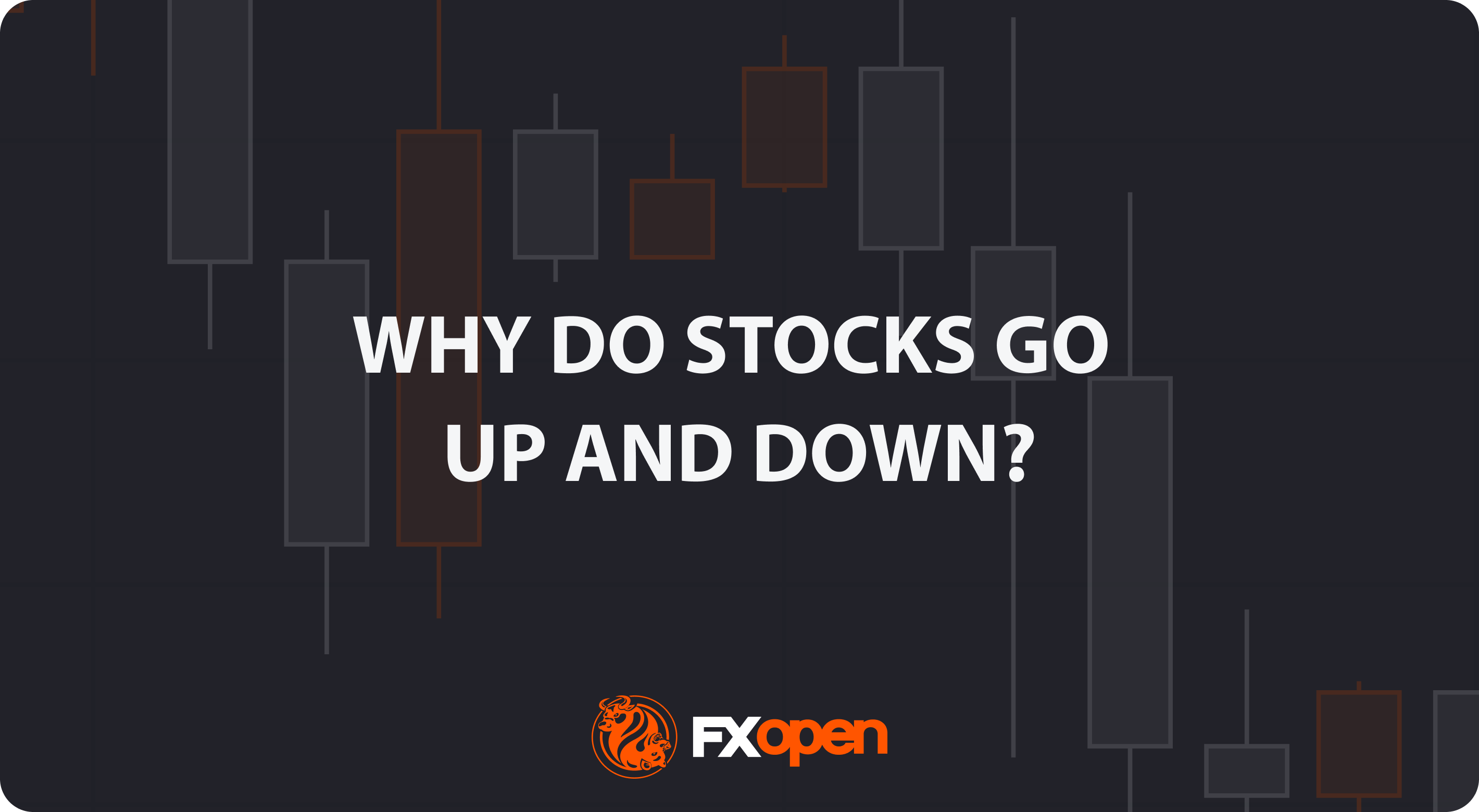FXOpen

In the world of trading, tools like Andrews’ Pitchfork stand out for their precision and versatility. Dive in to discover how to use the Pitchfork for stock analysis and more with this comprehensive article, including how it’s drawn, its applications, and its limitations.
What Is the Andrews' Pitchfork Indicator?
Andrews' Pitchfork is a popular technical indicator in the financial markets, designed by Dr. Alan Andrews. This tool helps traders visualise price channels and anticipate possible trend directions. At its most basic, the Pitchfork is composed of three parallel lines that trace the journey of an asset's price on a chart.
To plot this tool, traders begin by identifying three significant points: a notable high, a low, and a subsequent high or low. The central line, known as the "median line," connects the first point to the midpoint of the second and third points. This median line represents the heart of the market's momentum over a given period.
On either side of the median line, two parallel lines are drawn, stemming from the second and third points. These lines act as boundaries, indicating possible areas where the price may encounter support or resistance.
In other words, the upper line showcases where the price might face hurdles in an uptrend, while the lower line pinpoints regions where the price could hold strong or face obstacles during downtrends. Together, these three lines create a channel that offers traders insights into potential price movements, making Andrews' Pitchfork a powerful tool in technical analysis.
How to Draw Andrews' Pitchfork in Technical Analysis
To effectively employ Andrews' Pitchfork in a strategy, one must first establish its foundation: the three pivotal points. Here's a systematic approach:
- Identify the Initial Point: Start with a significant high or low on the price chart. This point will form the base of the Pitchfork.
- Locate the Subsequent Points: After the initial point, identify the next major high and low in sequence. These points provide the width of the Pitchfork and help establish its angle.
- Draw the Median Line: Connect the initial point to the midpoint of the line formed by the two subsequent points. This becomes your median line.
- Form the Parallel Lines: Draw two lines, starting from the two subsequent points, running parallel to the median line. These will create the potential support and resistance boundaries of the Pitchfork.
With these steps, Andrews' Pitchfork is plotted on the chart, offering a structured view of potential price movements and trends. If you’d like to practise drawing Andrews’ Pitchfork, head over to FXOpen’s free TickTrader platform to get started in minutes.
How to Trade with Andrews' Pitchfork
The Andrews' Pitchfork trading pattern offers a strategic lens to interpret market movements. Traders aren’t restricted to just using Andrews’ Pitchfork for day trading; it’s flexible enough to suit a wide range of timeframes and strategies.
Leveraging this tool can be broken down into two primary strategies based on the price's interaction with the Pitchfork's lines.
Support and Resistance (Trading Ranges)
The outer lines of the Pitchfork chart pattern often act as dynamic levels of support and resistance:
- Support Levels: When the price is in a downtrend and approaches the lower line of the Pitchfork, traders watch for potential buying opportunities. A bounce off this line might indicate strong support, presenting a chance to buy in anticipation of a price increase.
- Resistance Levels: In an uptrend, the upper line represents a potential resistance point. If the price struggles to move past this line or shows signs of reversing, traders might consider selling or taking short positions, anticipating a price drop.
Breakouts and Breakdowns (Trending Markets)
Occasionally, prices can breach the boundaries of the Pitchfork:
- Breakouts: If the price convincingly moves above the upper line during an uptrend, it may signal a strong bullish momentum. Traders can consider buying or adding to long positions, expecting further upward movement.
- Breakdowns: Conversely, if the price closes below the lower line in a downtrend, it indicates heightened bearish sentiment. This can be an opportunity for traders to sell or initiate short positions, anticipating continued declines.
In all scenarios, it's essential to incorporate other technical indicators and maintain stop-loss orders to manage risks effectively.
Limitations of Using Andrews' Pitchfork
While Andrews' Pitchfork is a valuable tool for technical analysts, it's crucial to be aware of its limitations. Firstly, the accuracy of the Pitchfork heavily depends on the correct identification of the three pivotal points. An incorrect selection can lead to misleading channels and false signals. Additionally, in highly volatile markets, the price may frequently breach the Pitchfork's boundaries, making predictions challenging.
The tool also assumes that the market will respect the defined channels, which isn't always the case, especially during unexpected news events. Therefore, traders use Andrews' Pitchfork in conjunction with other technical indicators to enhance decision-making and minimise potential pitfalls.
Final Thoughts
Understanding the Pitchfork in technical analysis can provide traders with a strong framework to anticipate potential market movements. Its structured approach to visualising price channels is invaluable, yet it's essential to remember its limitations.
To kickstart your trading journey with this tool, you can open an FXOpen account to gain access to a wide variety of markets, lightning-fast execution speeds, and competitive trading costs. Good luck!
This article represents the opinion of the Companies operating under the FXOpen brand only. It is not to be construed as an offer, solicitation, or recommendation with respect to products and services provided by the Companies operating under the FXOpen brand, nor is it to be considered financial advice.
Stay ahead of the market!
Subscribe now to our mailing list and receive the latest market news and insights delivered directly to your inbox.








